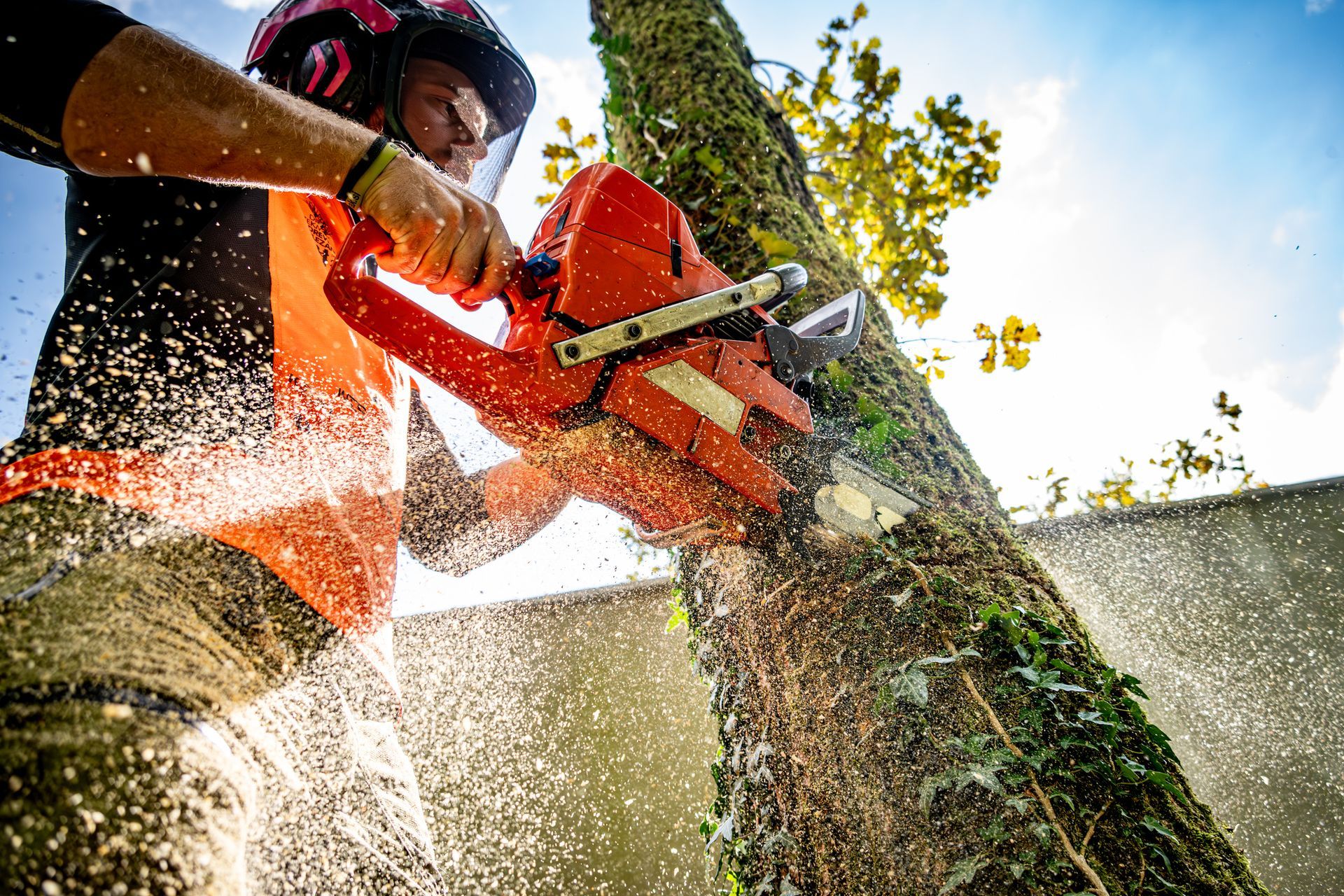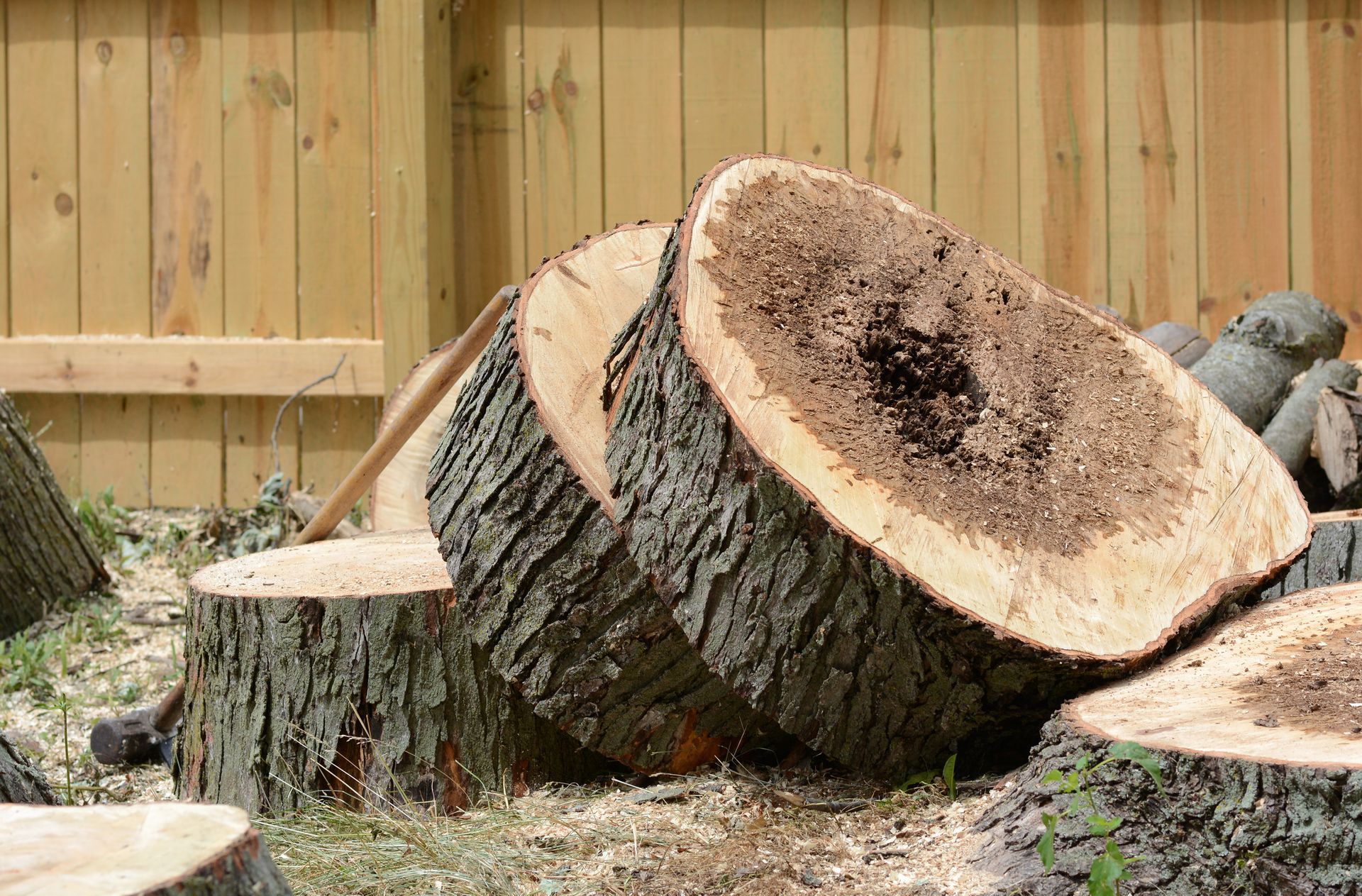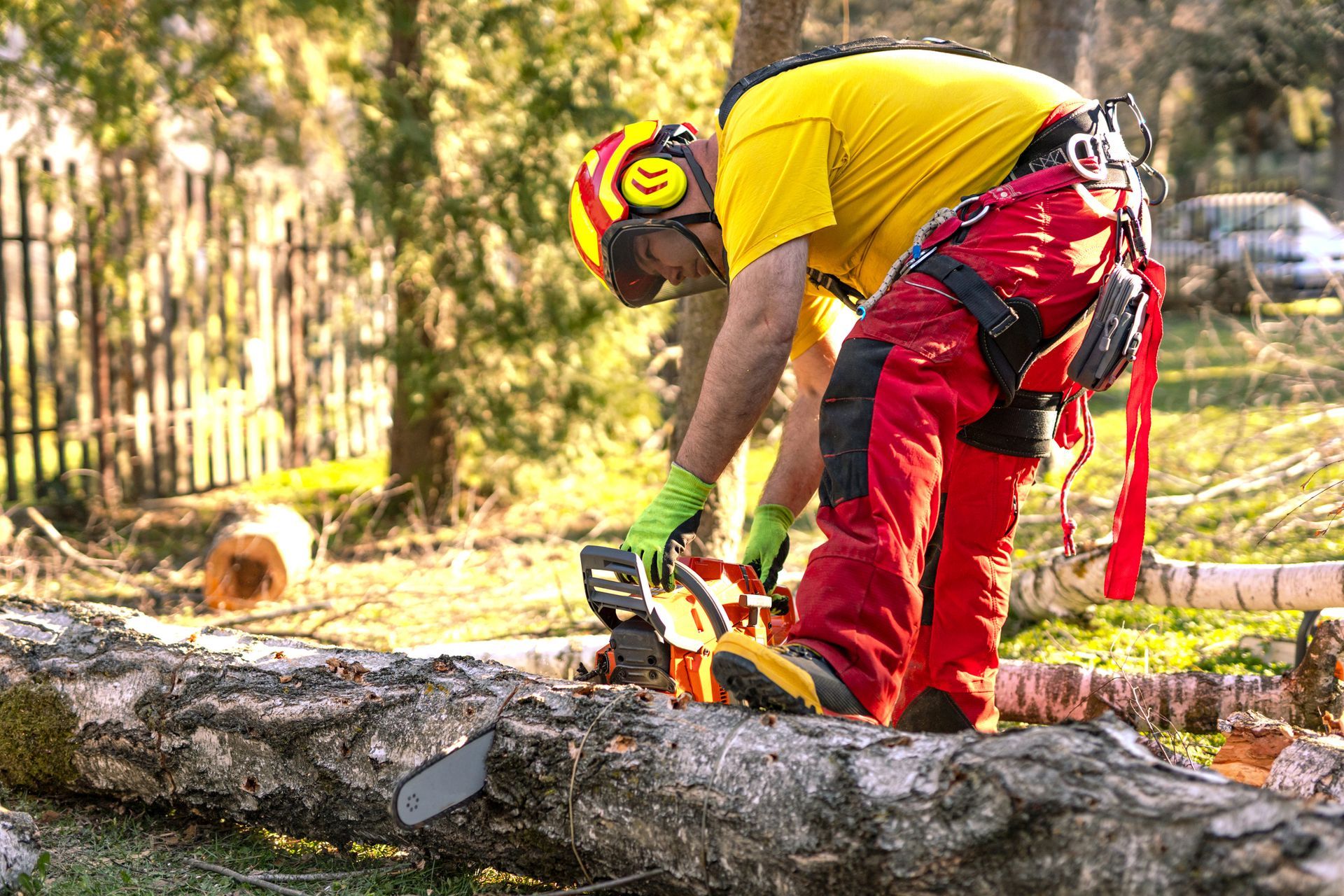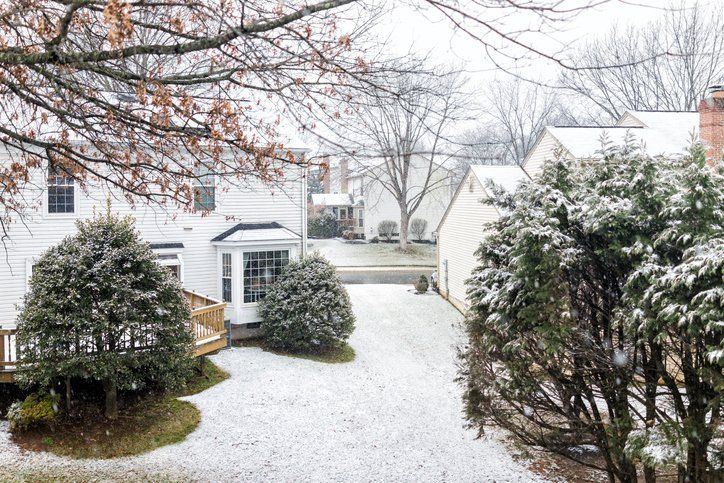Sudden Oak Death Pathogen Is Identified In Missouri
By Admin • July 28, 2019

The pathogen responsible for sudden oak death (SOD) has been positively identified at numerous locations in Missouri, Kansas, and Illinois. Here's what you should know about SOD and the pathogen that causes the incurable plant disease.
How the Pathogen Arrived in Missouri
The pathogen responsible for SOD is called Phytophthora ramorum. The tree disease is responsible for significant oak tree loss in Western states, including California and Oregon. So how did SOD end up in Missouri?
Plant experts say the SOD pathogen arrived in Midwest states on infected rhododendron plants. The affected rhododendron plants were shipped to local retail stores in Missouri, Illinois, and Kansas.
State agricultural experts also identified more than 100 plants infected with P. ramorum
in over 100 nurseries across the mid-state region of Missouri. Stores and nurseries removed the unsold rhododendrons from their stock once the pathogen was identified.
Why the SOD Pathogen Is So Dangerous
In ornamental plants, including camelias, rhododendrons, and azaleas, the SOD pathogen causes blight. Tips of leaves and branches on the above plants turn brown, and brown spots may appear on leaves of plants affected with the disease.
In oak tree species, including red oak, P. ramorum
causes SOD by allowing sapwood-decay fungi to enter the trees. Because the heartwood of oak trees degrades as the plants age, strong sapwood is vital to keep oak trees standing tall. When both the sapwood and heartwood are decayed, oak trees are at risk of collapse because their structural integrity is weakened.
Experts fear the introduction of P. ramorum
in Missouri and other Midwest states could cause issues with SOD in the region. There could be significant oak-tree loss in Missouri and other affected states if the pathogen spreads to forested areas or the nearby Appalachian Mountains.
What You Can Do to Stop the Spread of SOD
If you bought any rhododendron plants from a big-box retailer or other nursery in Missouri, there's a good chance the plant is host to the SOD pathogen. Many of the affected plants were shipped from an Oklahoma nursery, so check the tags on your plants for the source nursery if possible. Other newly purchased plants could be hosts to the disease as well
Plant species that tested positive for P. ramorum
in the Midwest include the following:
- Cat Cunningham Blush
- Firestorm
- Holden
- Nova Zembla
- Percy Wiseman
- Roseum Elegans
- Wojnars Purple
- Common Purple Lilac
- Persian Lime Lilac.
To stop the spread of SOD, destroy and remove new ornamental plants you suspect are infected with P. ramorum. To destroy the plants, experts recommend double-bagging the plants with the root ball intact. Dispose of plants with the trash. Never mulch or compost SOD-infected plants, since the pathogen can live on in the soil.
Burning infected plants is another option to stop the spread of P. ramorum, but any unburnt plant material can harbor the disease. Ensure infected plants are completely destroyed by the heat of the fire.
The P. ramorum
pathogen thrives and spreads by spores from plant-to-plant during wet weather. Since over 100 plants in the forest can be hosts to P. ramorum, once the pathogen is present in woodlands, oak trees become vulnerable to SOD.
Limit your walks and drives through woodlands during wet weather to limit the spread of SOD and other pathogens. Since P. ramorum
can spread via items including shoes, clothing, and pet hair, enter woodlands only during dry days. The spread of the SOD pathogen is less of a risk when soil and organic matter in woodlands aren't soaked with rain.
Your tree service professional is a great ally in your quest to have healthy oak trees. Consult a qualified tree service if you suspect any of your oaks and ornamental plants are infested with the SOD pathogen.
If you think you've purchased an infected rhododendron or your oak trees seem sickly, contact us at Country Tree Service
right away for expert advice, tree care, and tree-removal services.

When you need dependable tree service in Chesterfield, MO , County Tree Service is the name to know. From precision tree trimming to safe removals and storm cleanup, our experienced team handles it all with care and professionalism. We’re dedicated to keeping your yard safe, clean, and beautiful year-round. Call 314-920-7263 today for expert tree service in Chesterfield

For professional tree service in Fenton, MO , trust the experts at County Tree Service. Whether you need tree removal, trimming, or storm damage cleanup, our skilled team is ready to handle the job safely and efficiently. We take pride in keeping your trees healthy and your property looking its best. Call 314-920-7263 today for reliable tree service in Fenton you can depend on!

Need expert tree service in Ballwin, MO ? County Tree Service offers safe, efficient tree removal, trimming, and storm cleanup for homes and businesses. Our experienced crew is dedicated to keeping your property safe and your trees healthy year-round. Call 314-920-7263 today for trusted tree service in Ballwin from

Looking for dependable tree service in Saint Louis, MO ? County Tree Service is your go-to team for expert tree trimming, safe removals, and complete tree care. With years of experience and a commitment to customer satisfaction, we keep your trees healthy and your property safe. Call 314-920-7263 today for professional tree service you can count on in St. Louis!

When you need dependable tree services in Fenton, MO , County Tree Service is the local company to trust. We offer comprehensive tree care, including tree removal, trimming, stump removal, and wood chipper services to keep your property safe and beautiful. Fenton’s trees face challenges like storms, pests, and disease—our skilled team is equipped to handle all of these with professional care and attention to detail. Whether it’s routine maintenance or emergency service, we’re ready to help. For reliable tree services in Fenton, MO , call County Tree Service at 314-920-7263 today for a free estimate.

If you’re looking for professional tree services in Ballwin , MO, County Tree Service offers the expertise and equipment to handle all your tree care needs. From safe tree removal and expert trimming to stump removal and wood chipper services, we keep your property healthy and attractive. Our team understands the specific needs of Ballwin’s trees and environment. Whether it’s preventative maintenance or storm damage cleanup, we provide reliable, affordable tree services you can count on. For expert tree services in Ballwin, MO , contact County Tree Service today at 314-920-7263 for a free estimate.

For professional and trustworthy tree services in Chesterfield, MO , County Tree Service is your local expert. We provide comprehensive tree care solutions to keep your property safe, healthy, and looking great all year long. Our team offers a full range of services including tree removal , tree trimming , stump removal , and wood chipper services . Whether it’s routine maintenance or emergency tree work, we handle every job with precision and care. Chesterfield’s climate and environment can challenge your trees, but with our expert tree services in Chesterfield, MO , you can rest easy knowing your trees are in good hands. Contact County Tree Service at 314-920-7263 today for a free estimate and expert advice on your tree needs.







